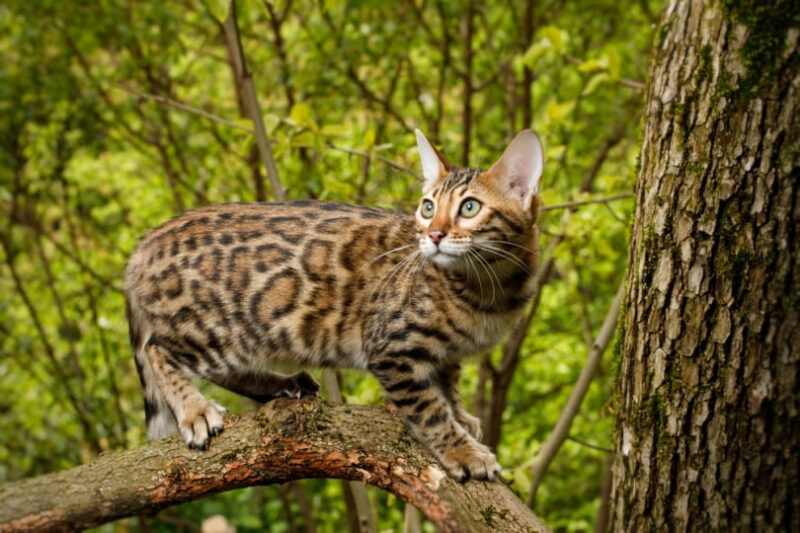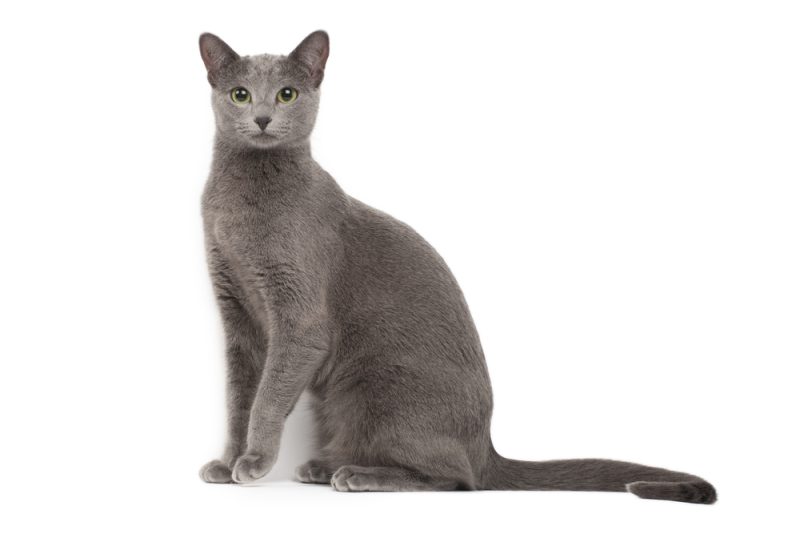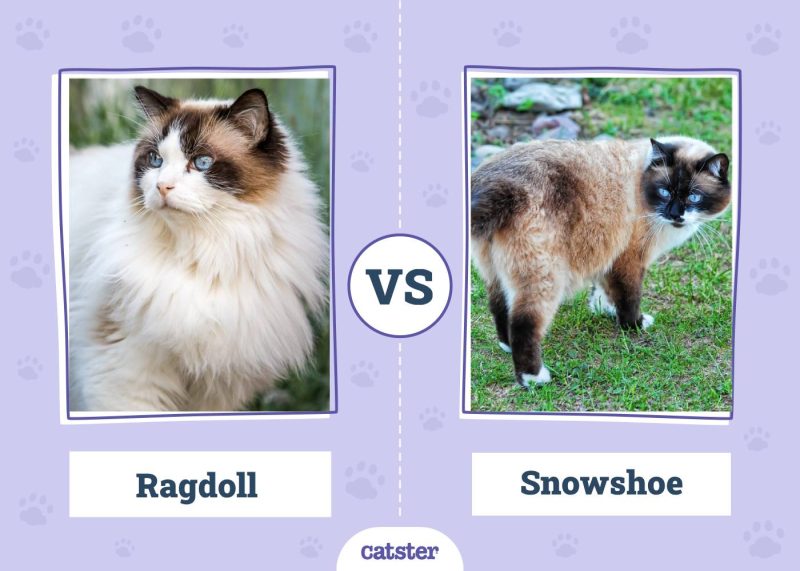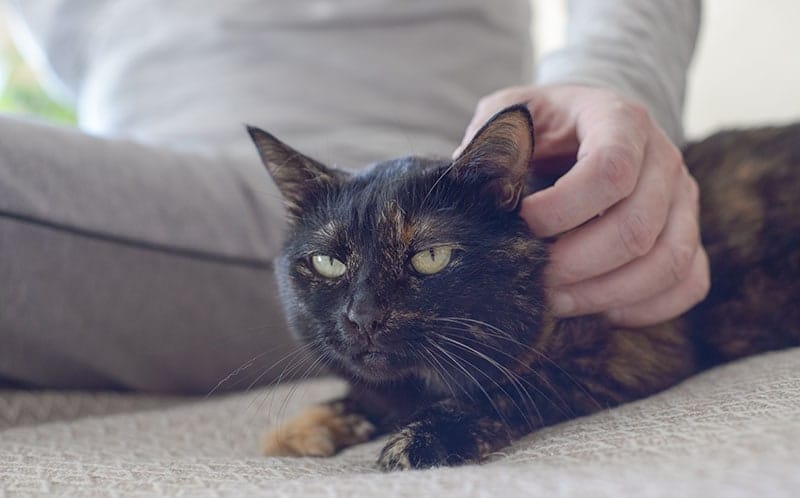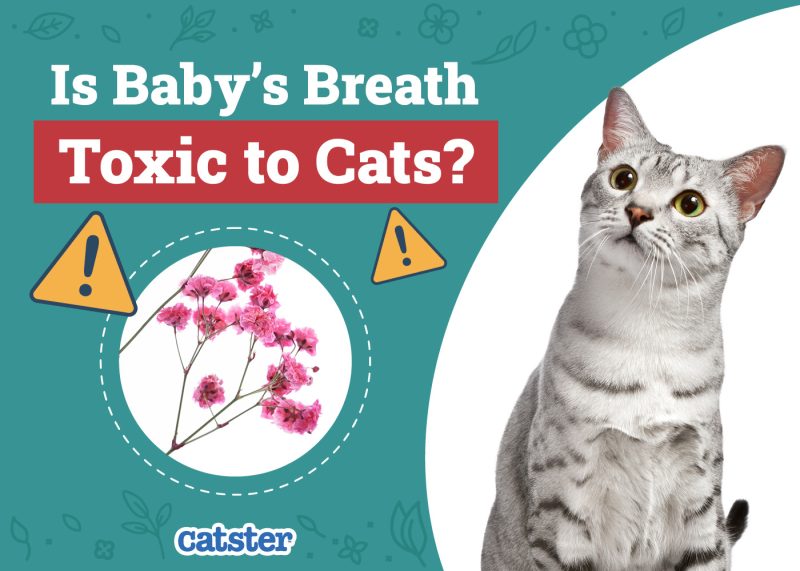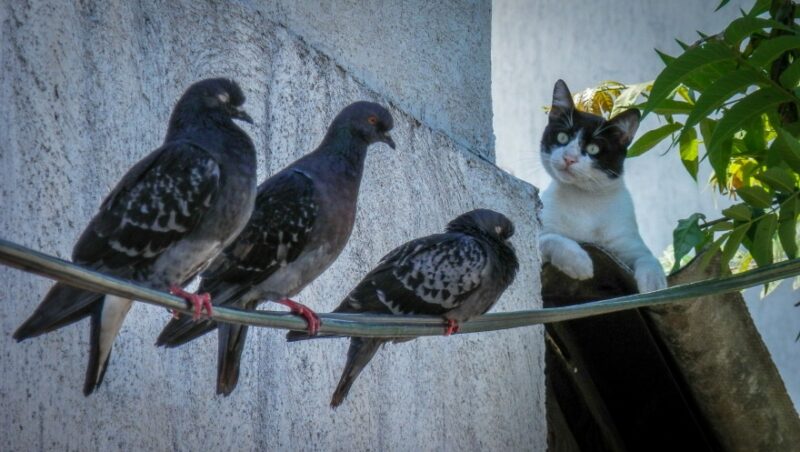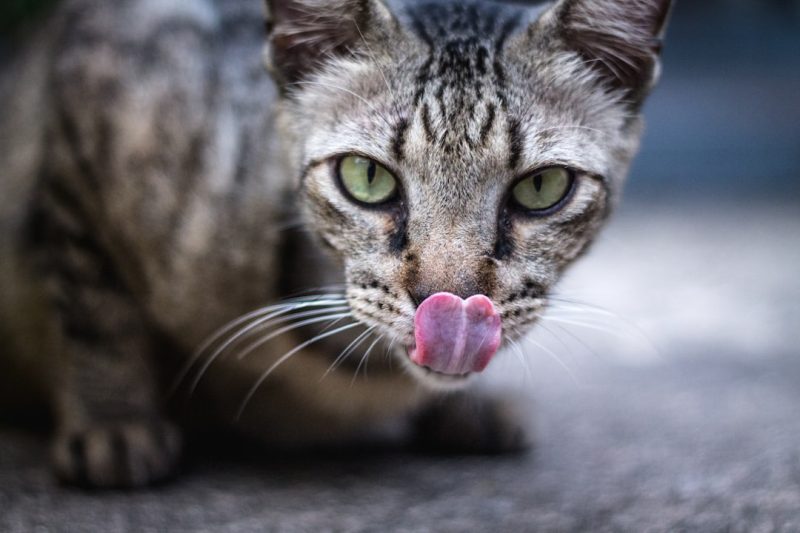Jade plants (Crassula ovata) are beautiful succulents that are not only easy to keep alive, but they can boost your home’s air quality and humidity, too. Unfortunately, many houseplants are quite dangerous to grow when you have curious cats sharing your living space. Are jade plants one of the toxic succulent varieties that can harm your beloved feline family members? Sadly, yes, they are.
Keep reading to learn about jade plant poisoning, what to look for, how to treat it, and some ideas on other cat-friendly succulent alternatives.

Are Jade Plants Toxic to Cats?
Yes, jade plants can be toxic to cats. Jade plant poisoning is reported to usually be mild but you should still seek medical attention from your vet.
Every part of the jade plant is toxic, though current literature suggests that most toxins are in the leaves. Since no one knows how much a cat needs to eat to get poisoned, it’s best to assume that any amount of jade has the potential to cause digestive distress. It is unlikely that your cat will eat a large amount of any poisonous plant, but they can get poisoned by chewing even just a little on the leaves.
If there is any possibility that your beloved kitty has eaten or chewed on your jade plant, a call to the vet or Pet Poison Helpline is in order.
What Are the Signs of Jade Plant Poisoning?

Signs of jade plant poisoning are usually mild, if present at all. The most common signs are gastrointestinal.
- Vomiting
- Diarrhea
Rarely:
- Depression
- Incoordination
- Contact dermatitis

What Do I Do if My Cat Ate My Jade Plant?
If you suspect that your cat has eaten any part of your jade plant, you should contact your vet for advice and monitor them for signs. You might consider bringing along a sample of the plant, as the vet may like to see it to properly identify it.
If you need to speak with a vet but can't get to one, head over to PangoVet. It's an online service where you can talk to a vet online and get the advice you need for your pet — all at an affordable price!

Your vet will need to know how much of the plant has been eaten, how long ago it was eaten, and how long your kitty has been showing signs.
The treatment for jade poisoning will depend on a few factors. How much your cat ate, how soon you got him to the vet, what his current health conditions are, and what signs they are showing. There is no antidote for this kind of poisoning, so your vet will get to work on treating the symptoms your cat is exhibiting if needed. If your cat’s vomiting, your vet might administer medication to help stop the vomiting.
Your kitty may become dehydrated at which point your vet would then provide intravenous fluids to get any fluid imbalances in check.
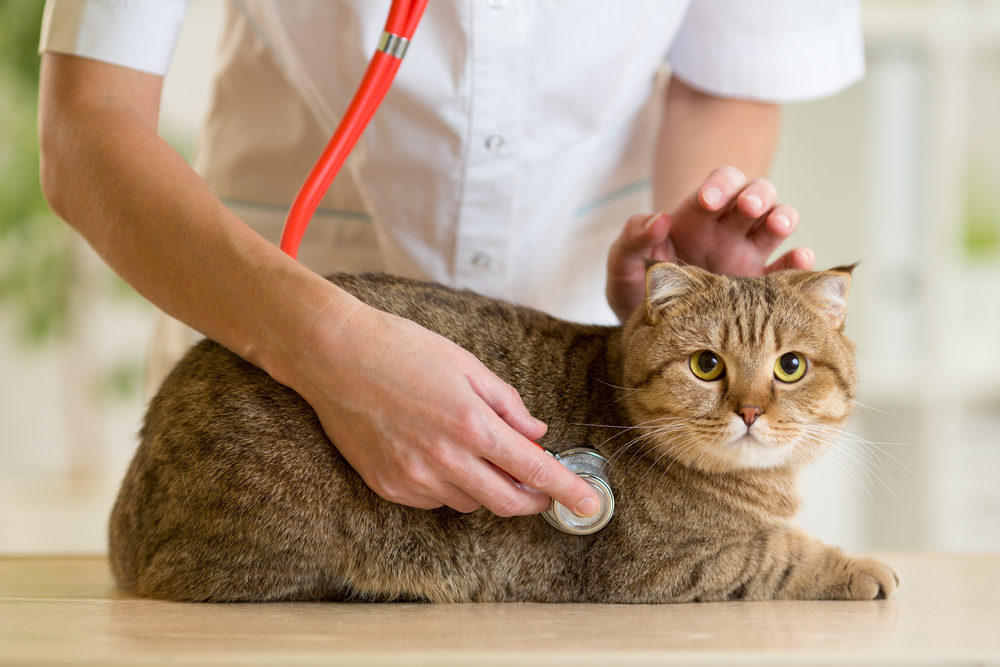
Do I Have to Rehome My Jade Plant?
You might already have jade plants in your home but are just now learning about their toxicity in cats. You don’t have to rehome your plant if you are willing to put forth an effort to keep your kitty away from it.
There are several steps you can take to prevent jade plant poisoning.
First, the easiest and most surefire way to protect your cat and your plant is to keep them separated. A hanging planter works great for any toxic houseplants, as your cat cannot eat what he cannot reach. You will need to keep an eye out for any dropped stems or leaves and pick them up the moment you see them.
You might also consider growing your jade plant in a room your cat doesn’t have access to.
Your cat might be interested in your houseplants because they feel the need to chew on plant matter of some kind. If this is the case with your kitty, grow them some plants of their own. A pot of cat grass or catnip that they can chew on might be just what they need to distract themselves from your unsafe houseplants.
That said, if your cat has already expressed interest in your jade plant and has had a poisoning scare in the past, it is in your best interest to remove the plant entirely. Cats are known for their curiosity, and some will never stop trying to get at your plant, no matter how many measures you take to keep it out of their reach.
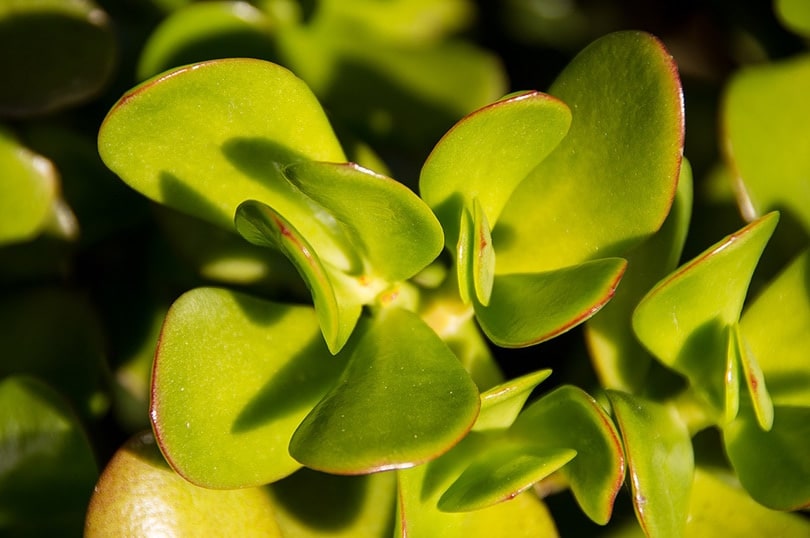
Cat-Friendly Succulents
While the jade plant isn’t pet-friendly, there are plenty of other succulents you can opt for instead. Here are some of our favorite easy-to-care-for succulents:
- Crinoline ruffles echeveria
- Ghost echeveria
- Venoosa haworthia
- Mardi Gras aeonium
- Crested frosty echeveria
- Sedum morganianum (AKA donkey’s tail)
- Haworthia attenuata (AKA zebra plant)
- Sempervivums (AKA hens and chicks)
- Christmas cactus
- Opuntia (AKA prickly pear cactus)
Remember, though, even if a houseplant is deemed safe for cats, it’s always a good practice to keep them out of your cat’s reach. Even safe houseplants can cause gastrointestinal upset in cats.

Final Thoughts
Jade plant poisoning is usually mild and transient. However, if your cat’s showing more severe signs, they may need treatment at the vet. Contact your vet or the pet poison helpline for more advice.
If you love the look and hardiness of succulents, there are plenty of other cat-safe options you might consider growing instead.
Featured Image Credit: Jan Haerer, Pixabay


